Art World
See Why Ettore Sottsass, the Bob Dylan-Loving Founder of Memphis, Was a Design Genius
The Met Breuer presents "Ettore Sottsass: Design Radical," bringing together a vast array of works from the artist's six-decade career.
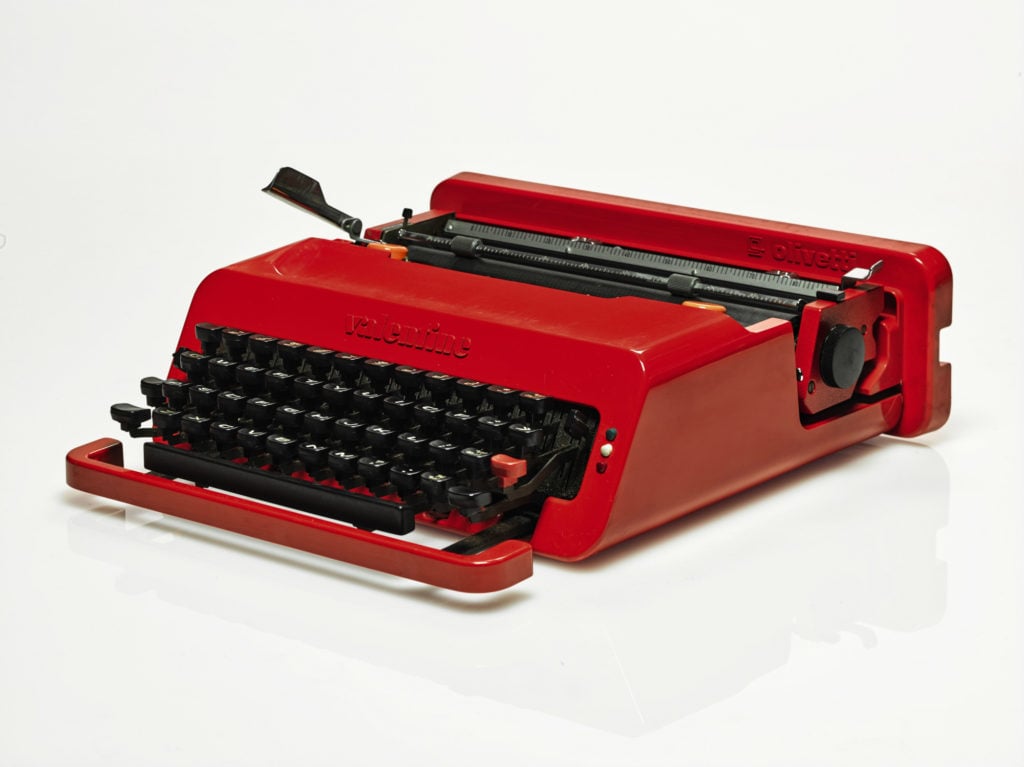
The Met Breuer presents "Ettore Sottsass: Design Radical," bringing together a vast array of works from the artist's six-decade career.

Terence Trouillot

Austrian-Italian architect and designer Ettore Sottsass (1917–2007) is the subject of a major retrospective at the Met Breuer, and the show is nothing short of amazing—impressive in scope and breathtakingly beautiful.
Celebrating the 100th anniversary of his birth, the exhibition “Ettore Sottsass: Design Radical” spans six decades of the artist’s illustrious and prolific career, featuring works across a wide variety of media: furniture, jewelry, glassworks, paintings, architectural drawings, photographs, ceramics, and much more.
Probably best known for designing the iconic 1969 Olivetti “Valentine” typewriter—the slick and sexy accessory item deemed to be a touchstone of 20th-century design—Ettore Sottsass became defined by his vision to move away from the orthodoxy of functionalism and focus more on emotion, feeling, and beauty in his work. His impact in this regard is immeasurable, as his influence continues to inform designers today.
Sottsass was also the co-founder of the radical 1980s design group Memphis—a collective inspired by the Bob Dylan song “Stuck Inside of Mobile with the Memphis Blues Again”—which included Nathalie du Pasquier, Matteo Thun, Martine Bedin, Thomas Bley, and Sottsass’s wife, design critic Barbara Radice. The group is known for its playful furniture designs, often using asymmetrical shapes and bright colors.
In addition to the retrospective, Phaidon has published a new edition of the artist’s monograph—a newly designed format that includes reproductions from Sottsass’s extensive archive, including drawings from his sketchbook and his designs for his jewelry, sculpture, and architecture.
A man who lived a full life of wonderful achievements and great hardships—he was once a prisoner of war in the Balkans during the WWII—the artist’s methodology and significance continue to endure, and his legacy is all the more discernible.
Below, see some images from “Ettore Sottsass: Design Radical”:

Barbara Radice, Sottsass in India, (1988). Courtesy of Barbara Radice.
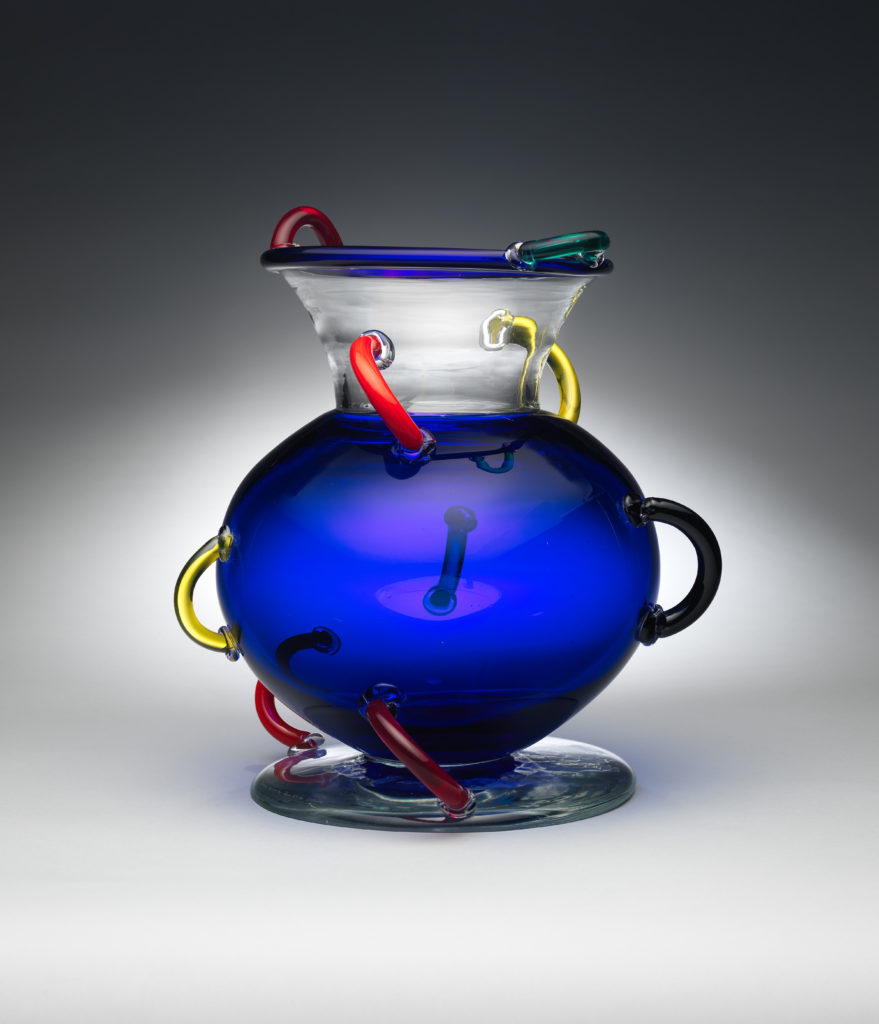
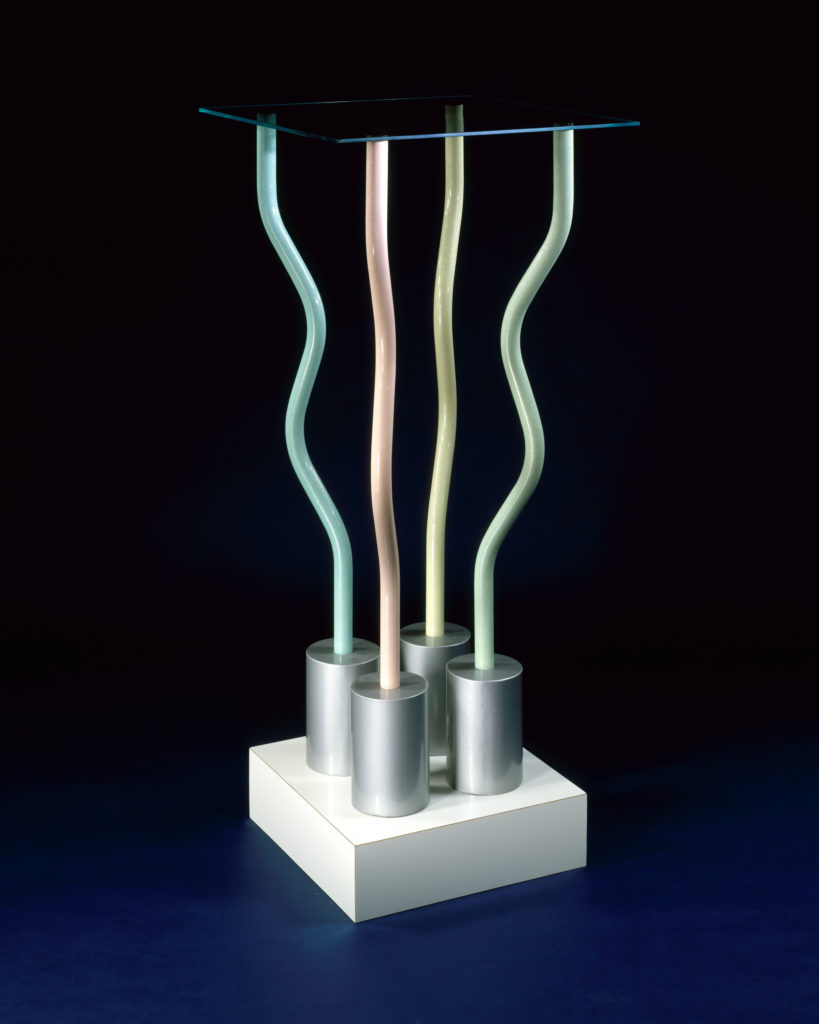
Ettore Sottsass, The Structures Tremble, (1979). Courtesy the Metropolitan Museum of Art.
© Studio Ettore Sottsass.
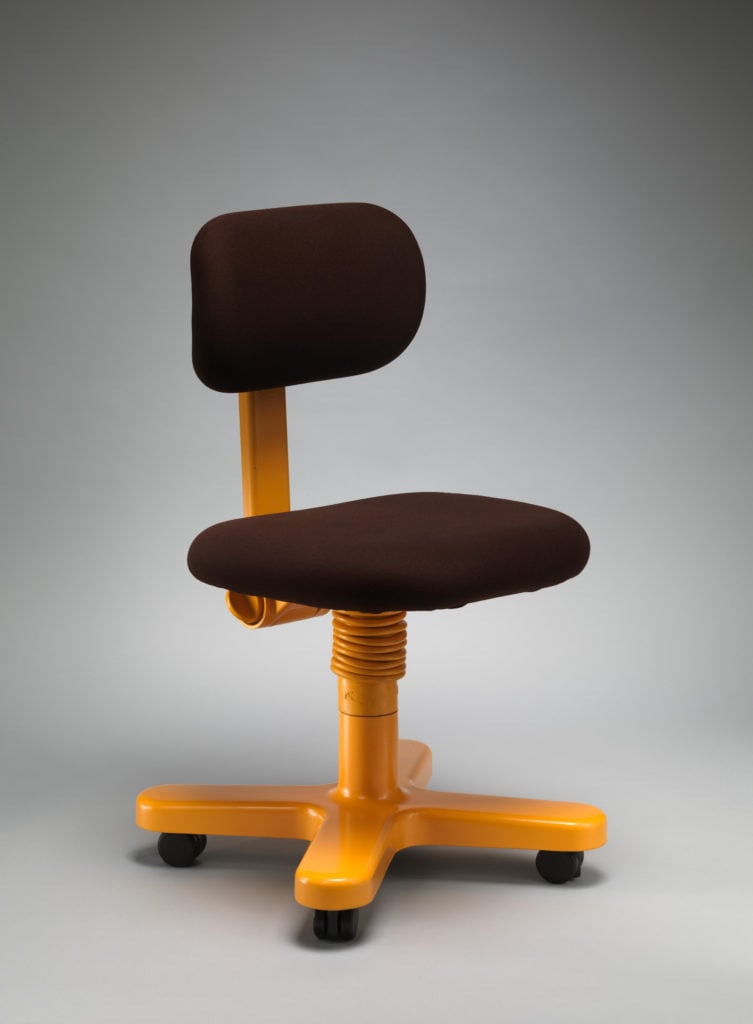
Ettore Sottsass, Side Chair “Synthesis 45” Office Furniture System, (1972). Courtesy the Metropolitan Museum of Art. © Studio Ettore Sottsass.
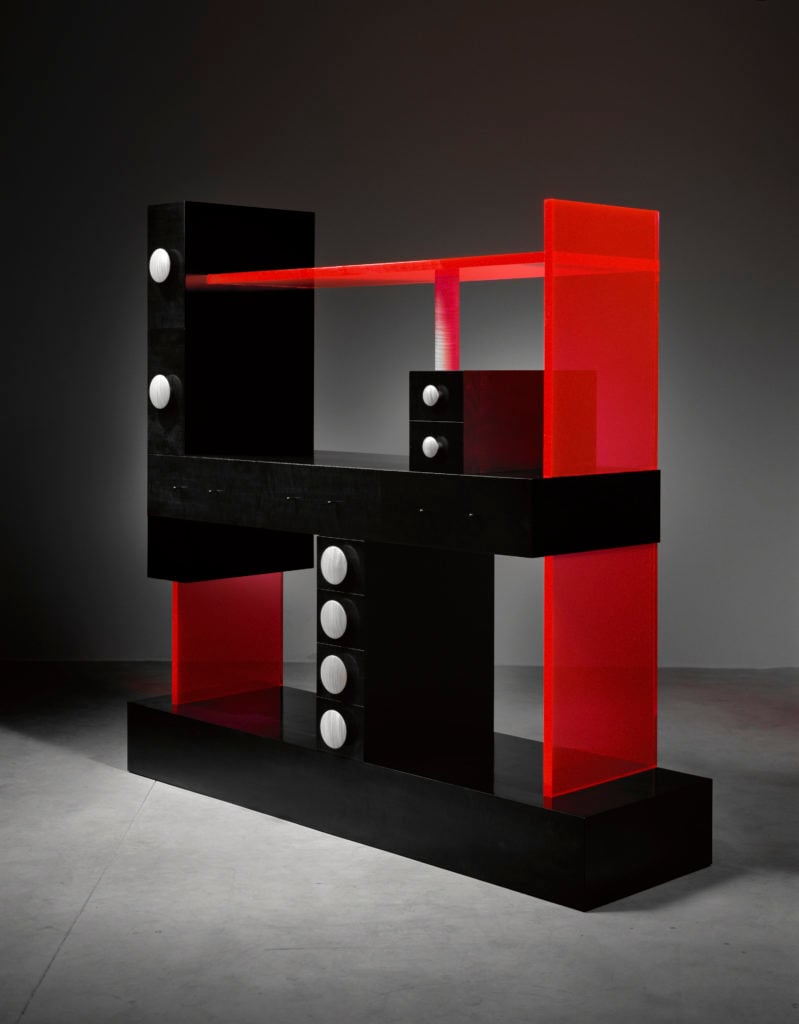
Ettore Sottsass, Cabinet No. 56, (2003). Courtesy the Gallery Mourmans. © Studio Ettore Sottsass Srl
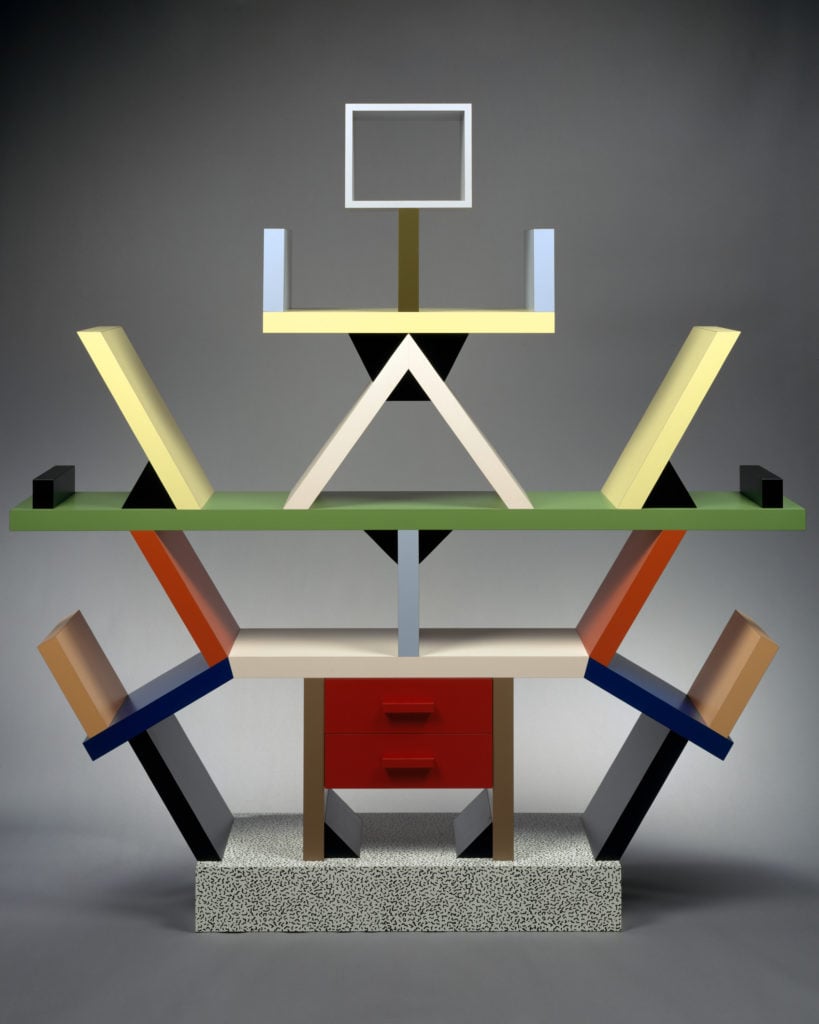
Ettore Sottsass, “Carlton” Room Divider, (1981). Courtesy the Metropolitan Museum of Art.
© Studio Ettore Sottsass.
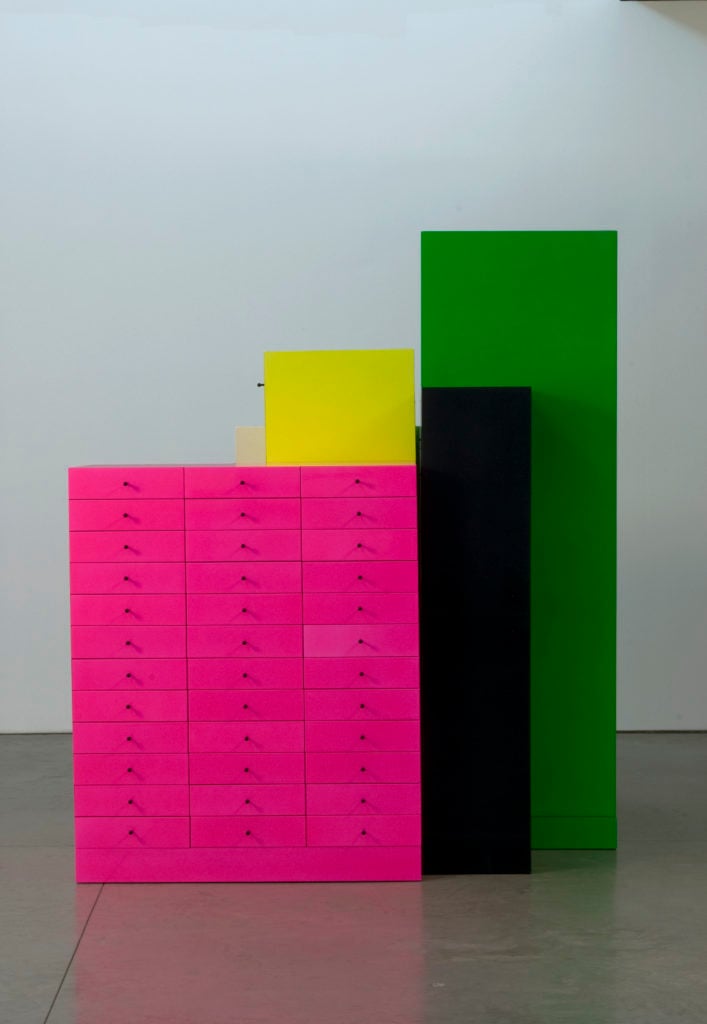
Ettore Sottsass, Omaggio 3, (2007). Courtesy the Gallery Mourmans. © Studio Ettore Sottsass Srl
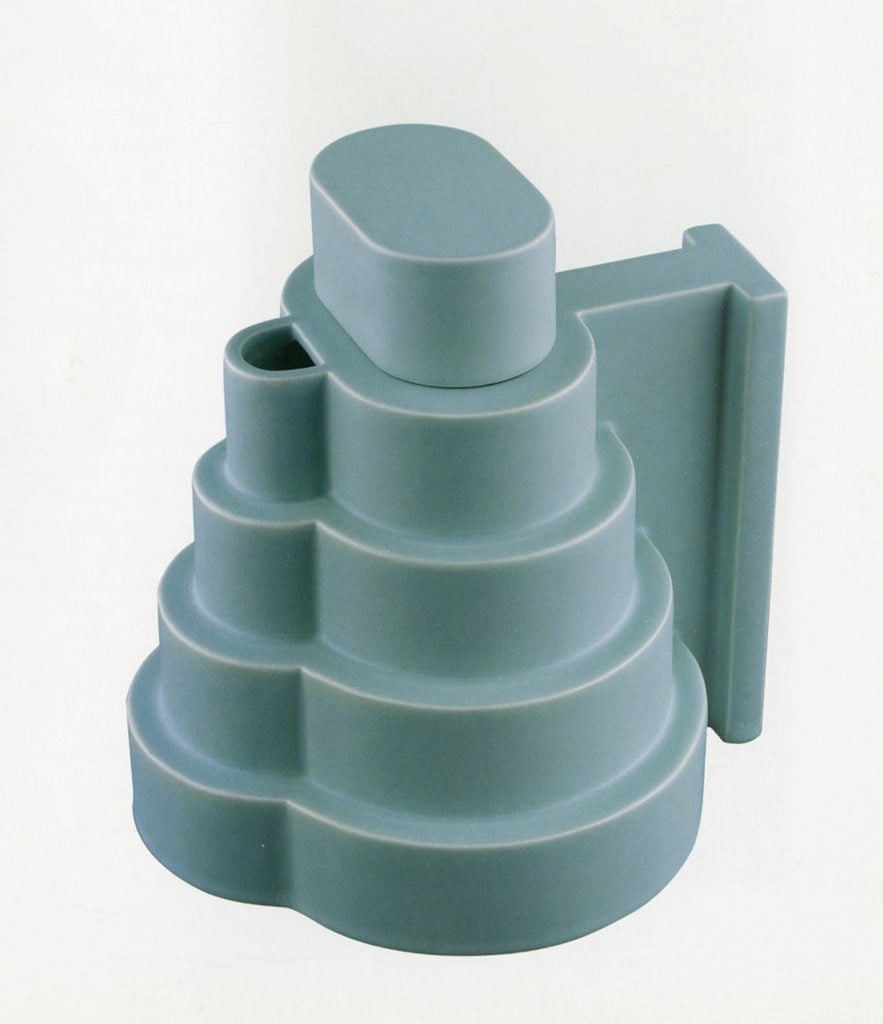
Ettore Sottsass, Lapislazzuli, (1968-1972). Private collection, Holland. © Studio Ettore Sottsass.
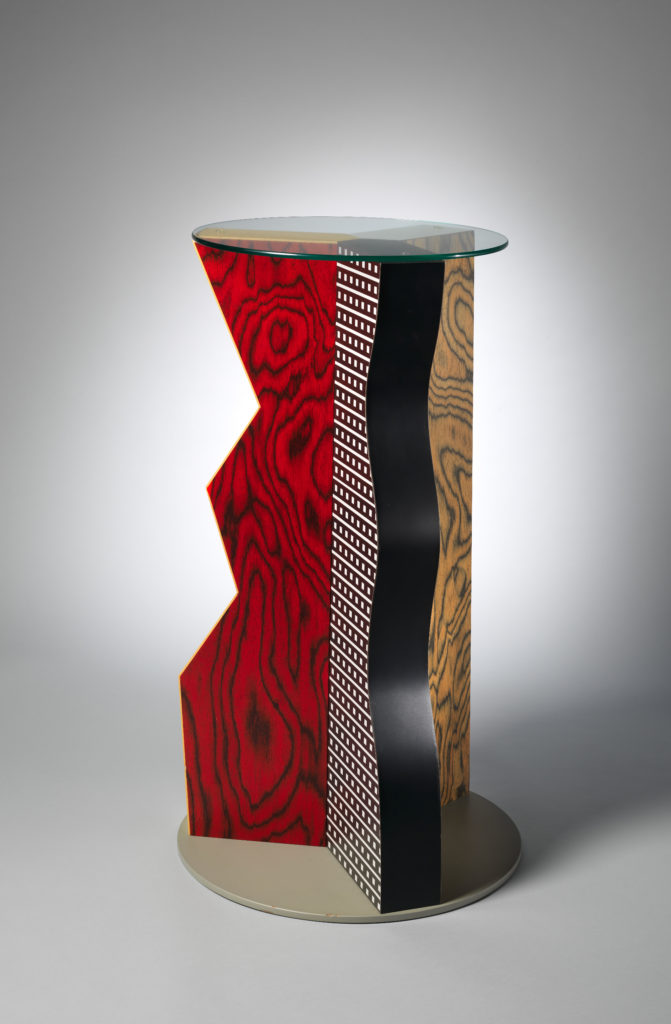
Ettore Sottsass, “Ivory” Table, (1985). Courtesy the Metropolitan Museum of Art. © Studio Ettore Sottsass.
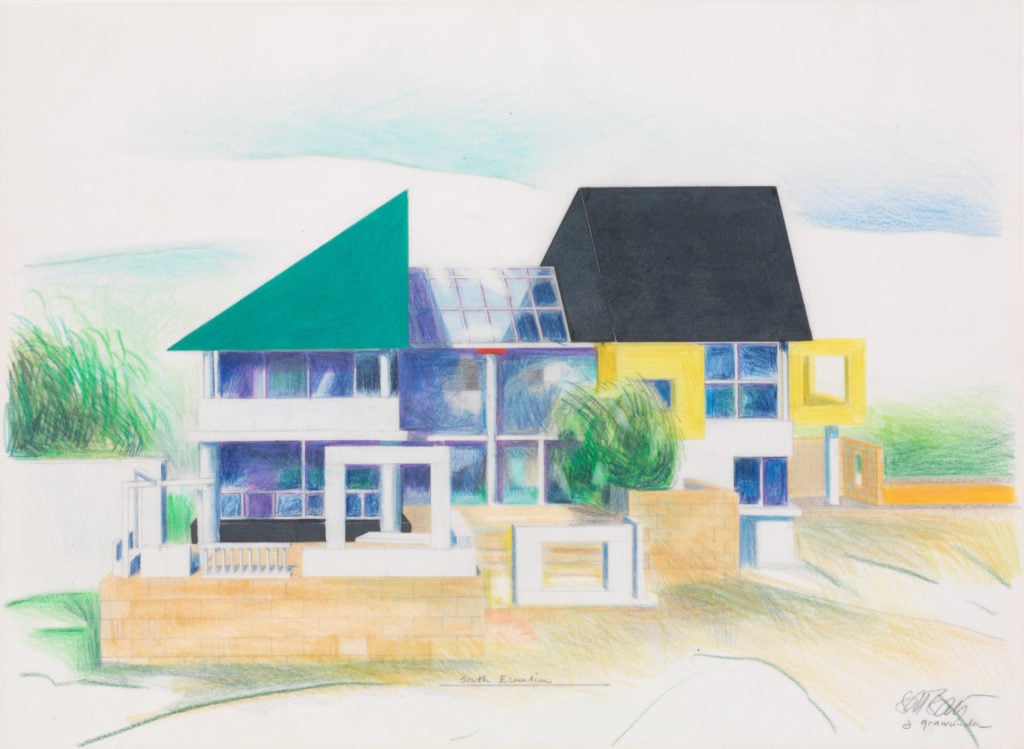
Ettore Sottsass, Executed Design, May 1988: South Perspective (under construction), Daniel Wolf Residence, Ridgeway, Colorado, (1986). Courtesy the Metropolitan Museum of Art. © Studio Ettore Sottsass.
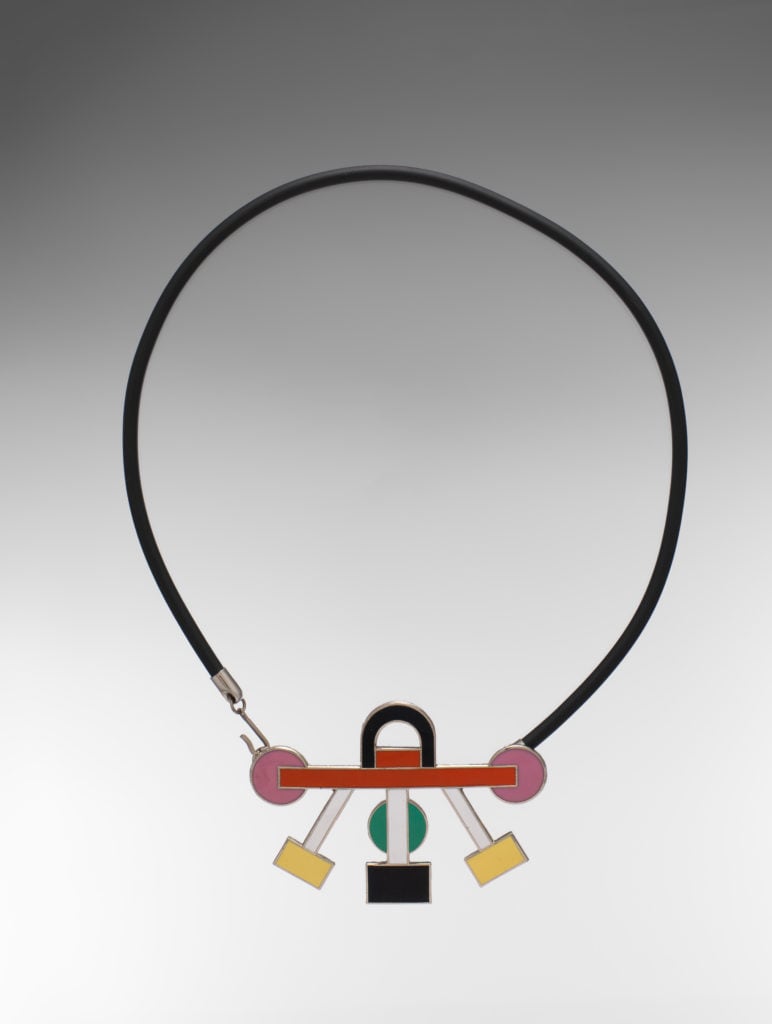
Ettore Sottsass, Euphoria Necklace, (1985). Courtesy the Metropolitan Museum of Art. © Studio Ettore Sottsass.
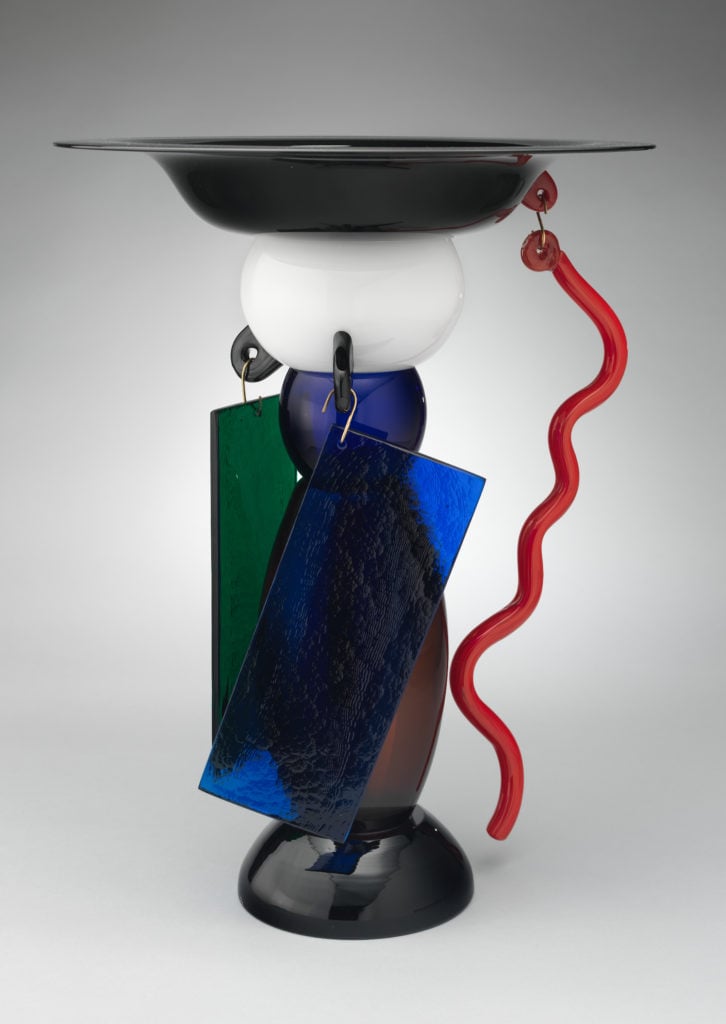
Ettore Sottsass, “Effira” Vase, (1986). Courtesy the Metropolitan Museum of Art. © Studio Ettore Sottsass.
“Ettore Sottsass: Design Radical” is on view at the Met Breuer, New York, July 21–October 8, 2017.